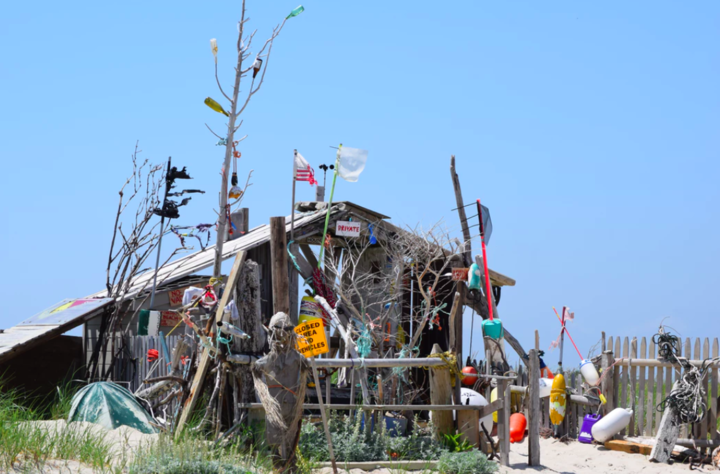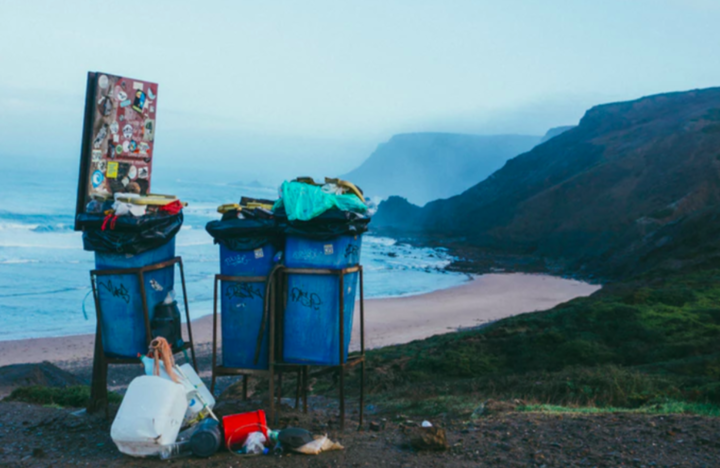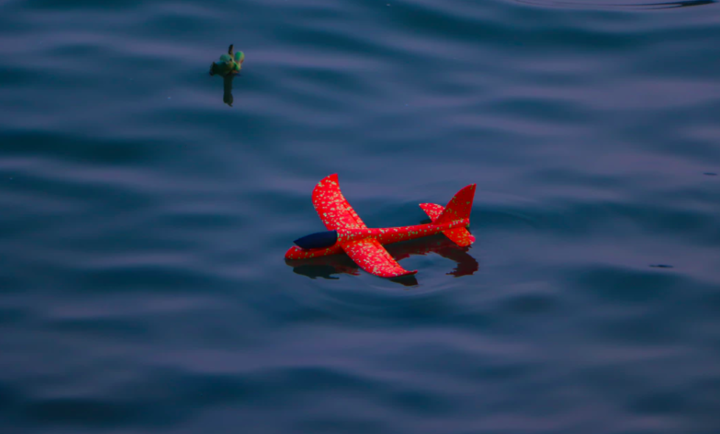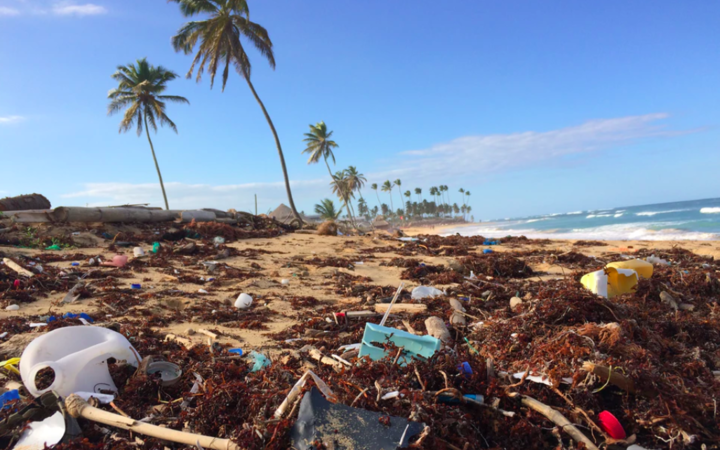In the past 10 years, reports on the scale of world marine plastic pollution are common, and the amount of plastic entering the ocean each year is estimated to be between 8 million and 12 million tons.
But in the Outer Hebrides of Scotland, there is a small treeless island where recycling plastics is A lifestyle for locals.

The plastic on the beach will be used by them to make all kinds of construction equipment and everyday tools in life.
For example, larger plastic pipes are longitudinally separated to provide a rearing tank for cold-tolerant Scottish highland cattle.
General PVC plastic pipes will be used as drainage pipes or filled into concrete to make fences at home.

Many plastic boxes that are washed ashore will be used to hold fish or store other marine ingredients.
Common plastic products will be made into home decorations, home tools, and many houses have some buoys and fishing boats decorated on the doorposts.
There is also a small handicraft industry on the island that turns plastic products into various tourist souvenirs such as bird feeders and buttons.

The plastic waste on the sea has not yet been fully processed, and it is even more difficult. It is actually plastic garbage under the sea.
Small miniature plastic fragments that sink into the sea and circulate in the food chain of marine life are almost impossible to salvage. There are also many marine plastics that are less than 1 mm suspended in the water column.
When a storm hits the coast, those shocking plastic plots emerge, and in the soil a few feet above the surface, layers of plastic debris are accumulating.
Plastic rises on the sea floor. It will degrade when exposed to sunlight for a long time. It is contaminated by salt and mixed with land. It becomes more difficult to identify and cannot be recycled.
